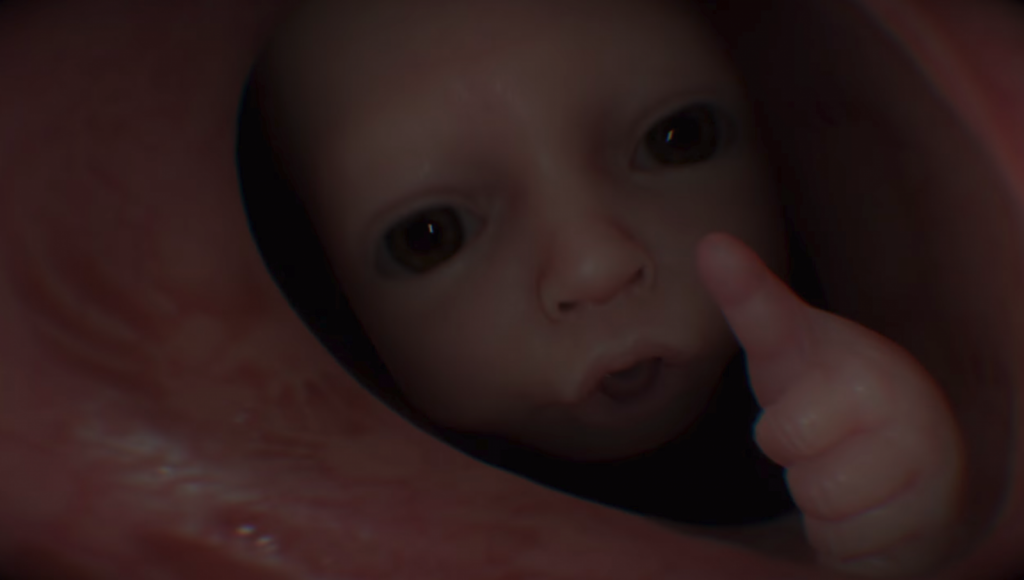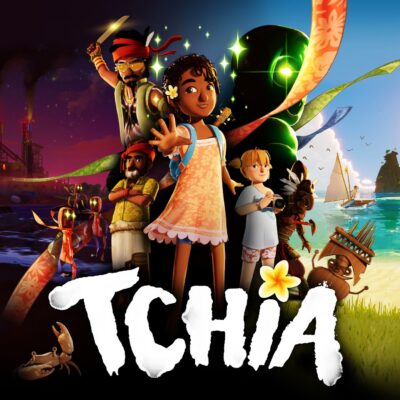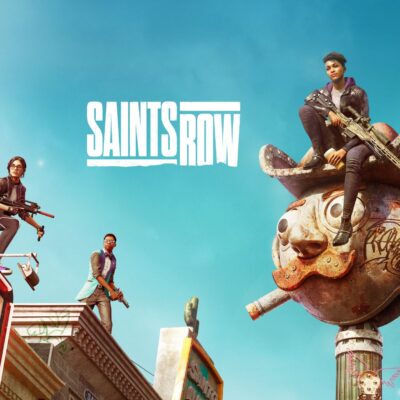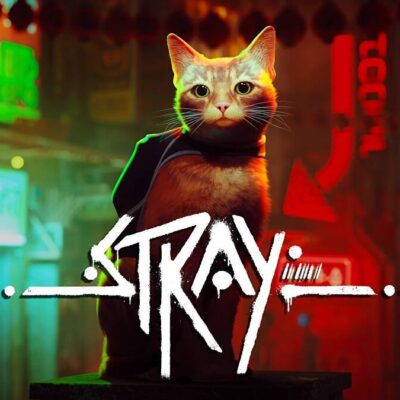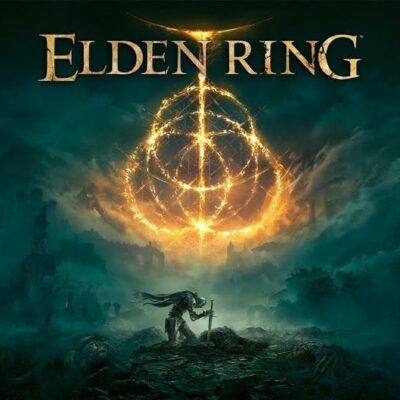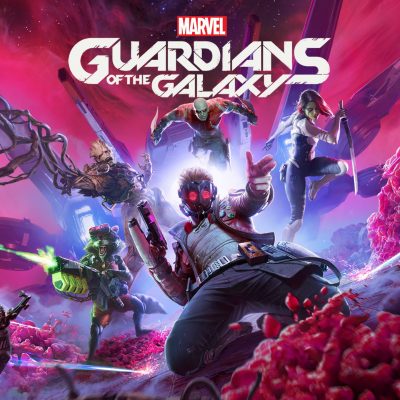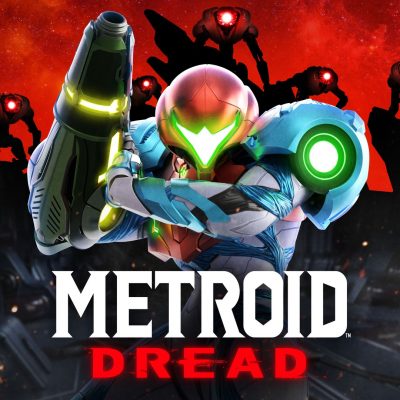
When it comes to video games as cinematic experiences, many games come to mind like the Uncharted series or 2018’s God of War. The most cinematic of games one could argue would be the Metal Gear franchise. Created by renowned visionary Hideo Kojima, the Metal Gear franchise ran the gamut of mixing movie quality direction with amazing gameplay and a story to match. Kojima himself became synonymous with Hollywood-style design in anything he put his name to. He’s had quite the storied career, having his hand in games such as Snatcher, Policenauts, Boktai, and franchises like Castlevania and Zone of the Enders across his many years in the industry. The very notion of Hideo Kojima’s name being on the game’s box cover was alone a sign of quality, and no more is that point given further credence than in Death Stranding.
After what seems like a development timeframe of forever, “the game of tomorrow” is finally in our hands today with Death Stranding showing full face. After many cryptic teasers and even full trailers that explained only a fraction of what this game might be about, its at last in our hands and it has been worth the wait. Death Stranding charges you as Sam, an employee of BRIDGES, to reconnect America by delivering packages and activating the networks at various small hubs throughout your adventure west. Without giving away story spoilers, the reasons for this journey are plentiful and involve a person’s dream given form and a last wish. Along the way you’ll deal with supporters and those who don’t want to see America reborn. You’ll encounter ghosts of the past both figuratively and literally across your journey and you’ll bear witness to Hideo Kojima’s trademark cinematic framework and story at its most refined. Plot twists, things that break the fourth wall, questioning just what a video game really is and more are all presented in a truly harrowing adventure.
Kojima delivers a masterstroke when it comes to the narrative of Death Stranding. Touching on themes like life, death and even what “the American dream” means to people is just the tip of the iceberg. The game dives deep into the impact life and death have on us as individuals, how we connect to both and how both affect us as people show the deeper notions of a story riddled in metaphorical context. One such angle is how even the dead stay connected to us even though we don’t see it, and being that the world of the Death Stranding itself may very well be the underworld given form, we see Kojima’s take on what is life after death. Every aspect of the game is given reason, even down to the BB and its functional use in detecting BTs in the world. The BTs come across as the most tragic characters in the game, beings that cling to life despite being dead. Their reason for existence and their motivations are another story point best experienced and not spoiled. I will say the revelations of their existence did remind me of a certain story point in a film some of you may not have watched; Final Fantasy: Spirits Within.
Homages to older movies, tongue in cheek references…these are all Kojima staples. He wears his “Quentin Tarantino of Video Games” hat with immense pride in Death Stranding. Surprise cameos are hidden within the game in many of the game’s side quests, Easter eggs to previous games he’s worked on are plentiful, and even some dry humor built around his previous tenure at Konami are thrown in. Death Stranding runs the gamut of emotions across all the things you will encounter. You will laugh, you will cry, you’ll get angry at character motivations and you’ll cheer the hype moments within the game and have your hand over your mouth at some of the myriad of story changes when they hit.

This is all made possible by the greatest ensemble cast in a video game to date. Norman Reedus delivers us a Sam that is top notch. While no one could replicate the impact that main characters like Solid Snake or Big Boss gave us in the Metal Gear series, Norman as Sam is a character you will grow to absolutely love. The supporting cast all get their fair share of moments. Guillermo Del Toro as the enigmatic Deadman is a highlight, and Kojima shows he’s gotten better as a writer with well-versed female characters that aren’t thrown in for eye candy or story points. Lea Seydoux is fantastic as Fragile, a character that offers a unique presence in the game with a mysterious power. Margaret Qualley’s Mama is powerful as a living metaphor within the game and her story is one of the most feels inducing, especially as a parent myself. Troy Baker and Mads Mikkelsen also deliver exceptional work as the game’s antagonists of sorts (seriously it’s so damn hard to talk about this without spoiling the damn story, hence why I am being really coy with these explanations) but know that every game hero is only as good as their villains and both Troy and Mads will definitely go down in history as top tier performances in a video game.
However, the single most compelling character within the game is one that has no speaking parts at all, but is perhaps the most important character in the game: that is the BB unit. Attached to Sam is a baby, and these babies are referred to as BB units or BRIDGE Babies. Treated as equipment and easily disposed of, the BB units are used to detect the ghostly BTs when out in the open world. Like regular babies they must be nurtured and taken care of to function properly. They have stress levels that need to be maintained by rocking them and soothing them or even playing them a song (hearing Norman sing is a damn delight by the way) and must even have proper rest and care, much like Sam on the journey who must also replenish stamina, sleep and wear proper clothing to combat the country’s various climates. More than a gameplay mechanic though, it becomes quite clear that the BB unit is more than just a piece of equipment. The game does an amazing job of trying to tell you that they’re just a means to an end, but as the story develops your own personal attachment to the BB becomes an ever-growing plot thread, culminating in a fantastic twist and narrative effort. My eyes were red with tears as I ugly cried during a key sequence of note and all the characters delivered to sell this scene a hundred-fold.
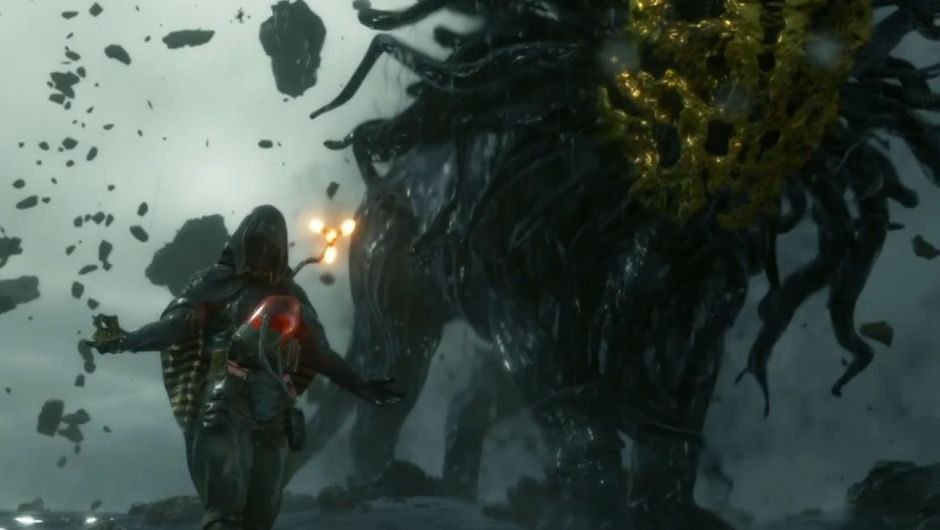
BB is just a small sample of the gameplay mechanics at play within Death Stranding. Aside from the previously mentioned weather and rest mechanics, a lot is at play with proper footwear, weaponry and vehicles. You can rest at certain BRIDGES stations across the countryside and can prepare your equipment as best as possible to not just combat the terrain, weather and fatigue but also living enemy soldiers. Part of a terrorist organization that doesn’t want to see the reunification of America, these guys will chase you through hell and high water. Breaking into their camps, though, is how to get some of the best gear in the game, so it becomes a wager of whether you want to risk possibly finding a better exoskeleton suit to carry more packages or upgrades for your non-lethal weapons. EMP-riddled zones exist so traditional weaponry doesn’t work in the world of Death Stranding the way you think it does but having access to Bola guns and grenades made from your own blood are a thing. The grenades work as a deterrent to combating the BTs as its one of the only ways to damage them and since a few BT beasts are boss fights, they become important to have. Not content to keep it at that, but the rest stations also serve as transfusion sites, and you’ll need to maintain clean blood levels to be able to have grenades that can do damage as opposed to maybe ignoring the transfusions and having your grenades deal less over time. There’s a lot more at play within the game, especially with how vehicles function in the game. You’ll be able to use a motorcycle, a car and some other welcome things on your trek, and the terrain will become your biggest obstacle (as well as cause of potential vehicle damage) if you happen to drive through a heavily populated enemy encampment, which as you head further west, you will come across.
Death Stranding isn’t going to be for everyone. Players expecting the next Metal Gear will be sorely disappointed. Instead, Kojima with his newfound free reign has redefined an entire genre of a game in cementing his stamp on what makes an open world game. Leaning closer to how he worked on Ground Zeroes and Phantom Pain, Death Stranding takes the existing concepts of open world gaming and turns it on its head. While there are in-game cinematics that connect the overarching narrative, there is a lot of story in many of the recipients of the packages you’ll deliver, including an interesting “Like” mechanic based on how intact the package is when you delivered it. Even the baby interacts with this “Like”-system depending on how you treat it. It’s a very tongue-in-cheek, Kojima-styled poignancy on how we, as a living breathing society, are addicted to social media. I’ve always been one to love when a video game can hold a mirror to real world events and Death Stranding is Kojima’s biggest mirror to date. Given the current political climate and its impact on the world, Kojima wisely uses it as a metaphor within Death Stranding and its goal to unite the country to tell a story of how he views America. The idea that together we are stronger is a prevalent theme in the game and when compared to current real-world issues, it delivers a strong and important message on disconnect and connection.
Much like Donald Glover as his Childish Gambino character highlighted the black struggle in his music video, “This is America,” Hideo Kojima highlights a world’s struggle with current events. How we as a country and world either ignore it and try to disconnect or are affected by it and try to connect with others to bring the message home. How we try to turn a blind-eye to things that may bother us but in truth affect our soul. The multi-layered onion that is Death Stranding is a powerful allegory for gaming and world culture and is easily Kojima’s best work to date. After the credits rolled, I knew for sure I had experienced something unique, compelling and different that will be talked about for many years to come. That is the impact of gaming, especially games that deliver such a powerful message like this one. Death Stranding showcases not just the idea of using gaming as art or a think piece, but gaming to point out that no matter how much we try to connect or disconnect, we are always stronger together. An absolute must-play, one of the greatest games Hideo Kojima has put forth and one of the best games ever made, Death Stranding at its very core is a breathtaking masterpiece.
